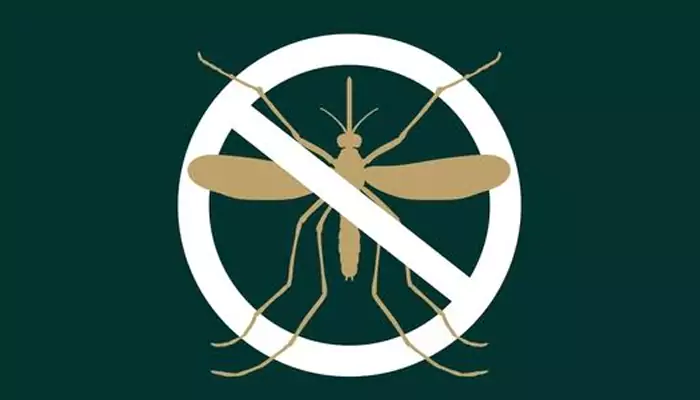World Oral Health Day: Understanding Gingivitis And How To Combat It
- Admin
- 1 year ago
- 4 minutes read

Every year on March 20th, World Oral Health Day is celebrated globally to raise awareness about oral health and its significance in maintaining overall well-being.
This day serves as a reminder of the importance of looking after our oral hygiene and encourages habits that prevent oral diseases. Among the various oral health conditions, gingivitis is one of the most common yet often overlooked issues. In light of World Oral Health Day, let's delve into what gingivitis is, how it can be treated, and most importantly, how we can prevent it.
What is Gingivitis?
Gingivitis is the early stage of gum disease, characterized by inflamed gums or gingiva. It is typically caused by the build-up of plaque, a sticky film of bacteria that forms on teeth. If not thoroughly removed through regular brushing and flossing, the plaque in your mouth can harden into tartar, exacerbating gum disease and inflammation and leading to more serious issues like periodontitis.
Symptoms of gingivitis include red, swollen, bleeding gums, especially during brushing or flossing. Bad breath or a bad taste in the mouth can also be indicative of gingivitis. It's crucial to recognize these symptoms early on because, at this stage, the damage is reversible, and the gums can heal with proper care.
Treating Gingivitis
The primary goal in treating gingivitis is to reduce inflammation and eliminate the causes of infection. Here are several steps involved in the treatment of gingivitis:
Professional Cleaning
A dentist or dental hygienist can remove plaque and tartar through a professional cleaning process known as scaling and root planing. This procedure cleans between the gums and teeth, down to the roots.
Improved Oral Hygiene
Patients are advised to adopt a rigorous oral hygiene routine, including brushing teeth at least twice a day with fluoride toothpaste, flossing daily, and using an antiseptic mouthwash to help reduce plaque bacteria.
Regular Dental Check-ups
Regular visits to the dentist for check-ups and cleaning are vital in preventing plaque build-up and detecting early signs of gingivitis.
Preventing Gingivitis

Prevention is always better than cure, especially when it comes to gingivitis. Here are some effective strategies to prevent gingivitis and maintain healthy gums:
Maintain Good Oral Hygiene: Brushing twice a day, flossing daily, and using mouthwash can significantly reduce plaque build-up and the risk of gingivitis.
Choose the Right Tools: Use a soft-bristled correct-sized toothbrush and replace it every two to three months or sooner if the bristles are frayed. Electric toothbrushes can also be more effective in removing plaque.
Quit bad habits: Habits such as smoking are strongly associated with the onset of gum disease. Quitting can improve oral health and reduce the risk of gingivitis.
Eat a Balanced Diet: A diet rich in vitamins and minerals can bolster your immune system and help fight off oral infections. Reduce your intake of sugary snacks and drinks, as they contribute to plaque formation.
Go to Your Dentist Regularly: Professional cleanings and check-ups are crucial for maintaining oral health. Your dentist can easily detect early signs of gum disease and take preventive measures before it progresses.
A Call to Action on World Oral Health Day
World Oral Health Day serves as a timely reminder of the importance of oral hygiene in our overall health and well-being. Gingivitis, while common, can lead to more serious health issues if left untreated. However, with proper care and preventive measures, it is entirely avoidable. This March 20th, let's commit to taking better care of our oral health, not just for the sake of our smiles, but for our general health too. Remember, a healthy mouth is the gateway to a healthy body. Let's spread the word and encourage our communities to adopt healthier oral hygiene practices to combat gingivitis and ensure a lifetime of smiles.












